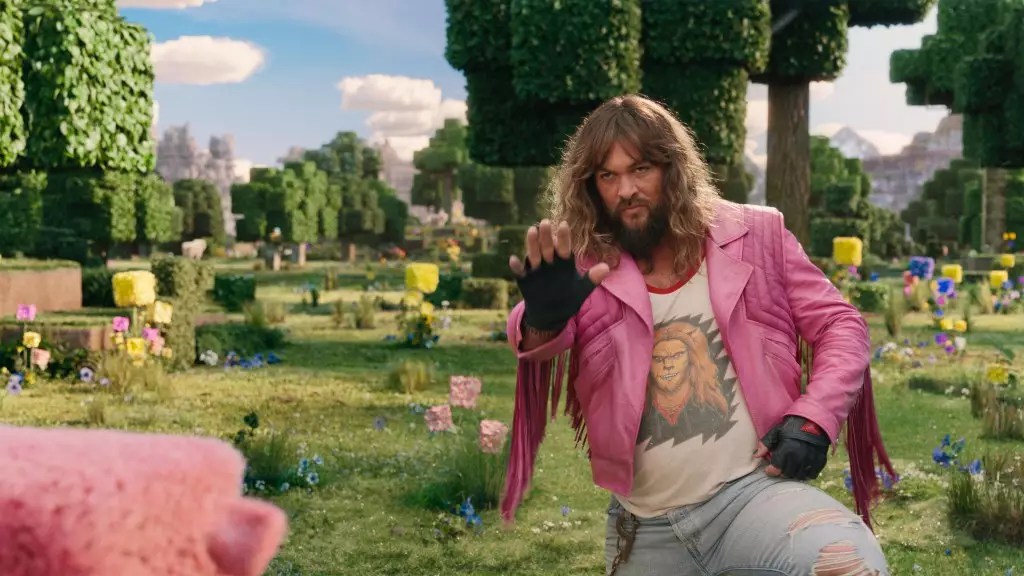Recently, the leak of a VFX-less copy of Warner Bros. and Legendary’s much-anticipated *Minecraft Movie* has raised alarm bells throughout the film industry. This incident underscores a persistent vulnerability in the digital landscape where piracy reigns. While the studios have sprung into action to suppress these leaks, the mere existence of low-quality, unauthorized copies on the internet poses a significant threat to the movie’s financial performance and reputation. Given the massive popularity of *Minecraft*, the question arises: who would be interested in watching a low-quality version stripped of its visual effects, which are almost essential to the film’s allure?
Historically, during the early days of streaming and digital distribution, piracy was thought to be a challenge that could be managed with effective response strategies. Yet, as evidenced by this leak, it seems the cat-and-mouse game between studios and digital pirates is far from over. The unfortunate reality is that the evolution of cinematic distribution in an increasingly digital age is fraught with risks that extend beyond merely losing revenue—piracy could sabotage word-of-mouth marketing.
The Crypto-Culture Clash: Ticket Sales Surge Amidst Digital Chaos
Despite the piracy issues, the *Minecraft Movie* is defying expectations at the box office. Initial forecasts projected a global opening of $140 million, but those estimates now appear to be conservatively low. The film’s early numbers are pointing toward a projected $135 million in domestic sales alone, and $110.7 million globally in its first weekend. This remarkable success is a testament to the film’s branding and appeal, particularly among younger audiences.
The representation of well-known celebrities like Jack Black and Jason Momoa, combined with the inherent family-friendly tone of the *Minecraft* franchise, ensures a broad demographic appeal. It’s a marked evolution from earlier films that relied solely on nostalgia or star power; instead, *Minecraft* engages its audience through community, cooperation, and a sense of adventure—elements that resonate powerfully with the ethos of its original game.
The New Norm: Community Engagement Over Couch-Sitting
Another critical aspect of *Minecraft Movie’s* box office success is the experience of watching films with friends—a sentiment that becomes increasingly important in an age characterized by binge-watching alone at home. This film encourages communal engagement, making it more appealing to watch in theaters rather than at home. Movie attendance offers the thrill of collective enjoyment, laughter, and interaction that watching alone simply cannot replicate.
The verdict is in: children under 18 in the U.S. and Canada have given the film a solid “A”, suggesting that *Minecraft Movie* captures the imagination of its core audience. In the wake of experiences brought about by the pandemic, audiences are increasingly eager to step back into theaters, sharing their passion for films like *Minecraft* collectively. It seems studios are learning that the thrill of the cinematic experience is irreplaceable, and as they face the piracy challenge, they must leverage this community engagement to their advantage.
The case of *Minecraft Movie* illustrates a fascinating intersection of traditional media and digital threats, reminding us that the path to success in today’s ever-evolving landscape is paved with challenges, innovation, and a pivot back to the audience-centric experience.


Leave a Reply